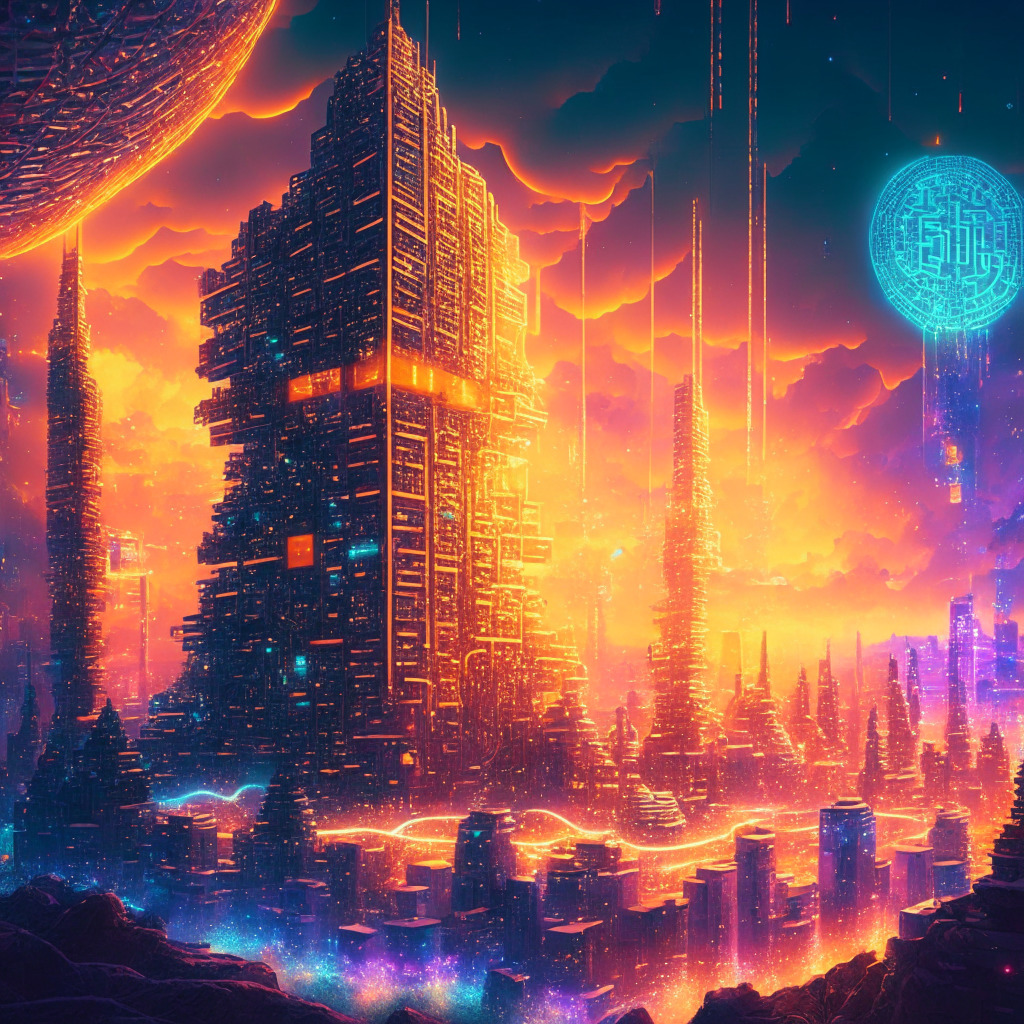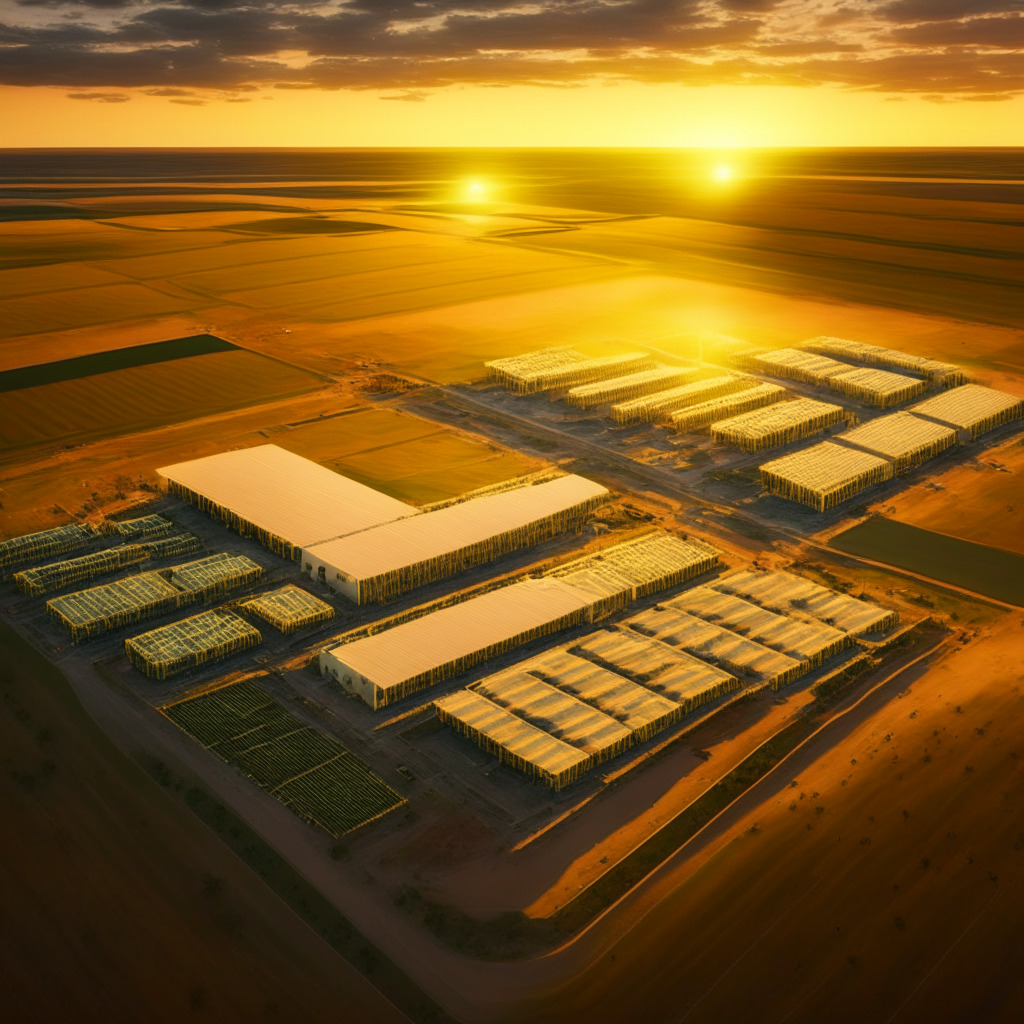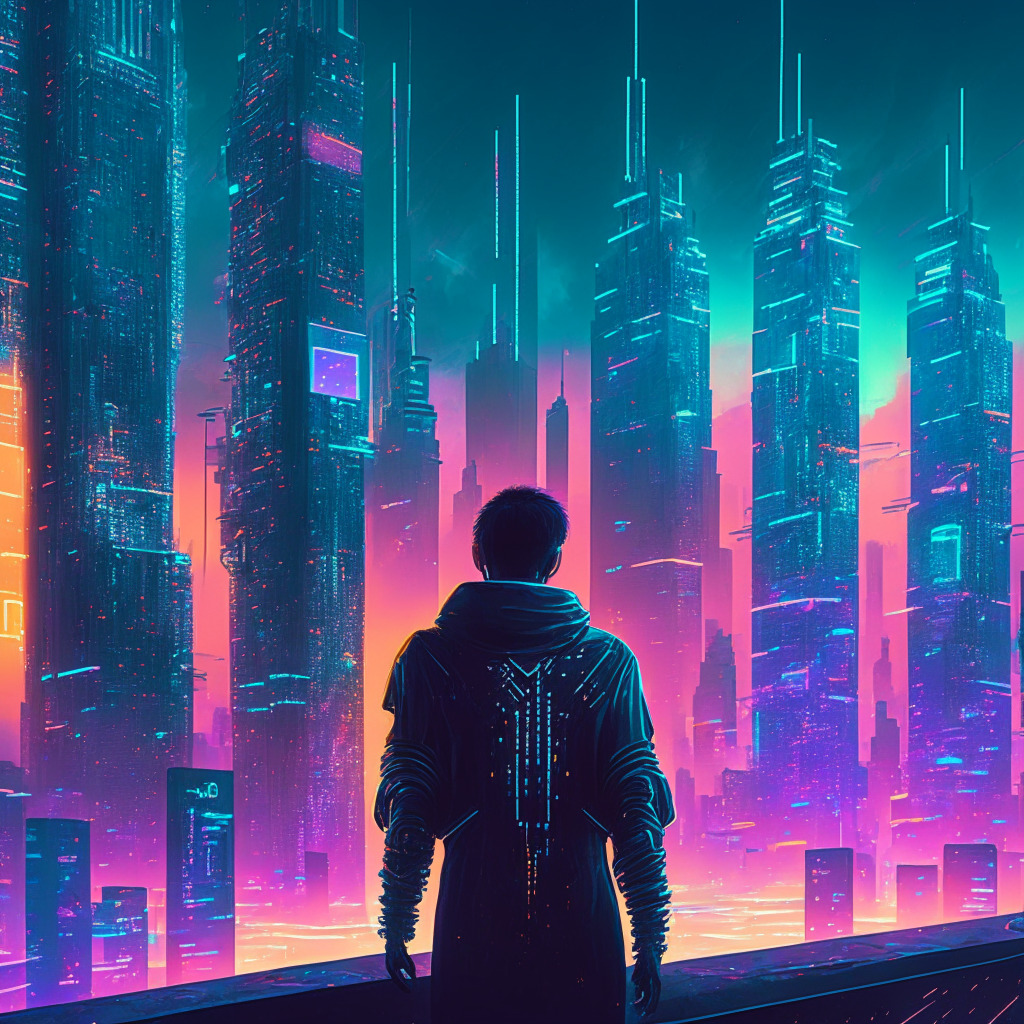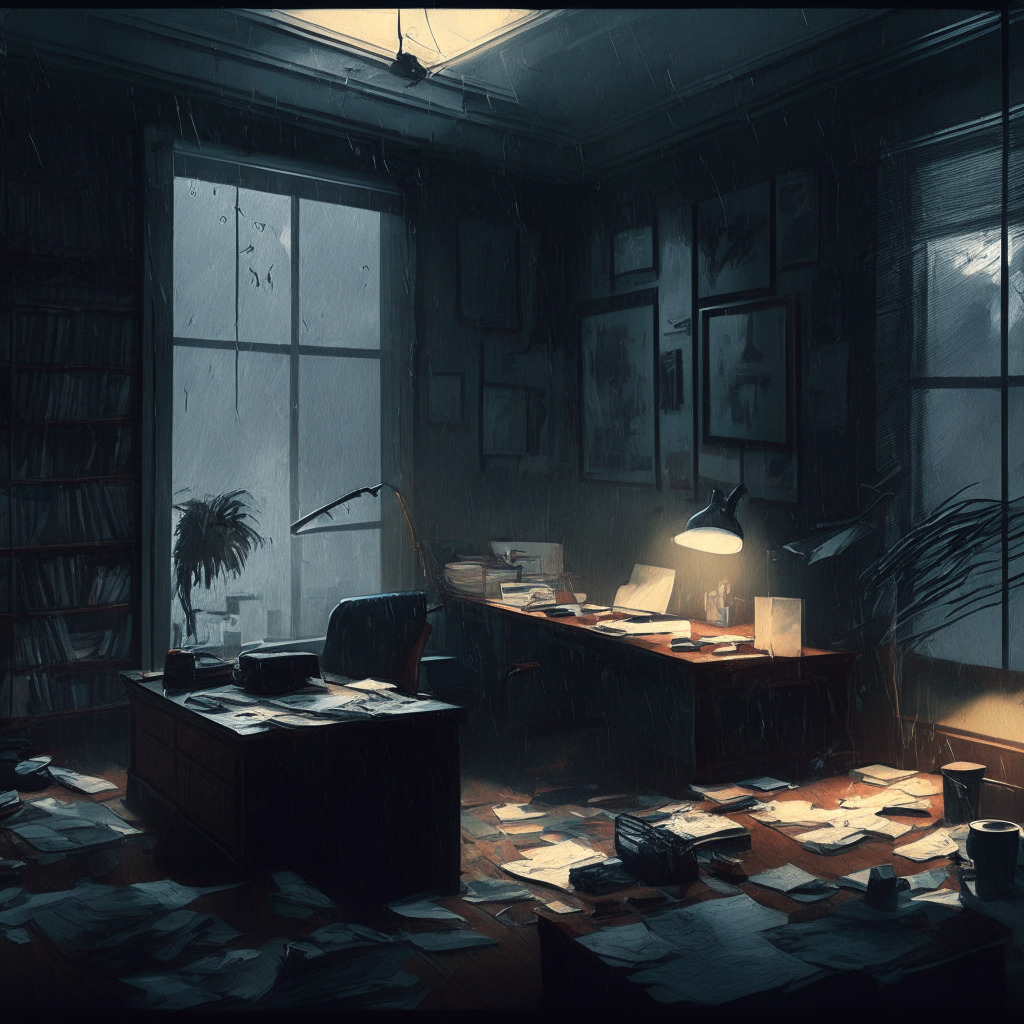The RGB protocol might be a solution to Bitcoin’s block space problems caused by the rise of Ordinals, according to Gideon Nweze, founder and CEO of Digital Bitcoin Art and Assets (DIBA). The Bitcoin-based non-fungible token (NFT) marketplace founder believes smart contracts on Bitcoin could solve the myriad issues stemming from Ordinals’ popularity, without impacting block space and transaction fees.
While Ordinals Protocol has led to over 9 million total “inscriptions,” it has also generated concerns over its impact on block space and transaction fees. In contrast, RGB Smart Contract Protocol enables encrypted transactions with Lightning Network functionality, allowing users to mint NFTs without consuming excessive amounts of network space.
Despite its complexity, Nweze claims RGB Protocol could essentially work the same as a layer-2 scaling solution on Ethereum. Ordinals inscribe assets directly into the Bitcoin blockchain, whereas RGB layers the transactions on top of the network. This different approach could provide a more efficient solution for minting NFTs in the Bitcoin ecosystem, without affecting block space.
However, RGB Protocol’s current limitation lies in its ability to mint only NFTs and not BRC-20 tokens. Trustless Computer is another protocol that leverages smart contracts to mint BRC-20 tokens, using an approach that reduces token bandwidth by 80% to 90%.
Some major Bitcoin advocates, like Jan3 founder Samson Mow, have stated that the attention received by Ordinals and BRC-20 will fade in a matter of months. However, Nweze believes that the protocols and assets created on Bitcoin will continue flourishing thanks to developers leveraging the full potential of the Taproot upgrade.
The Taproot upgrade is designed to reduce block space, thereby making NFT marketplaces like DIBA more efficient. The smaller size of Taproot transactions compared to normal Bitcoin transactions allows the platform to consume less block space for its minting process.
Nweze’s enthusiasm for NFTs on Bitcoin isn’t just based on the technical aspects. He also values the cultural and shared human experience that art and music bring, hoping that NFTs could introduce more people to Bitcoin and Lightning Network technology.
The future of the Bitcoin ecosystem could see a shift in favor of protocols and assets being created on the network, with RGB Protocol potentially providing a more efficient and scalable solution for minting NFTs and tokens.
Source: Cointelegraph




